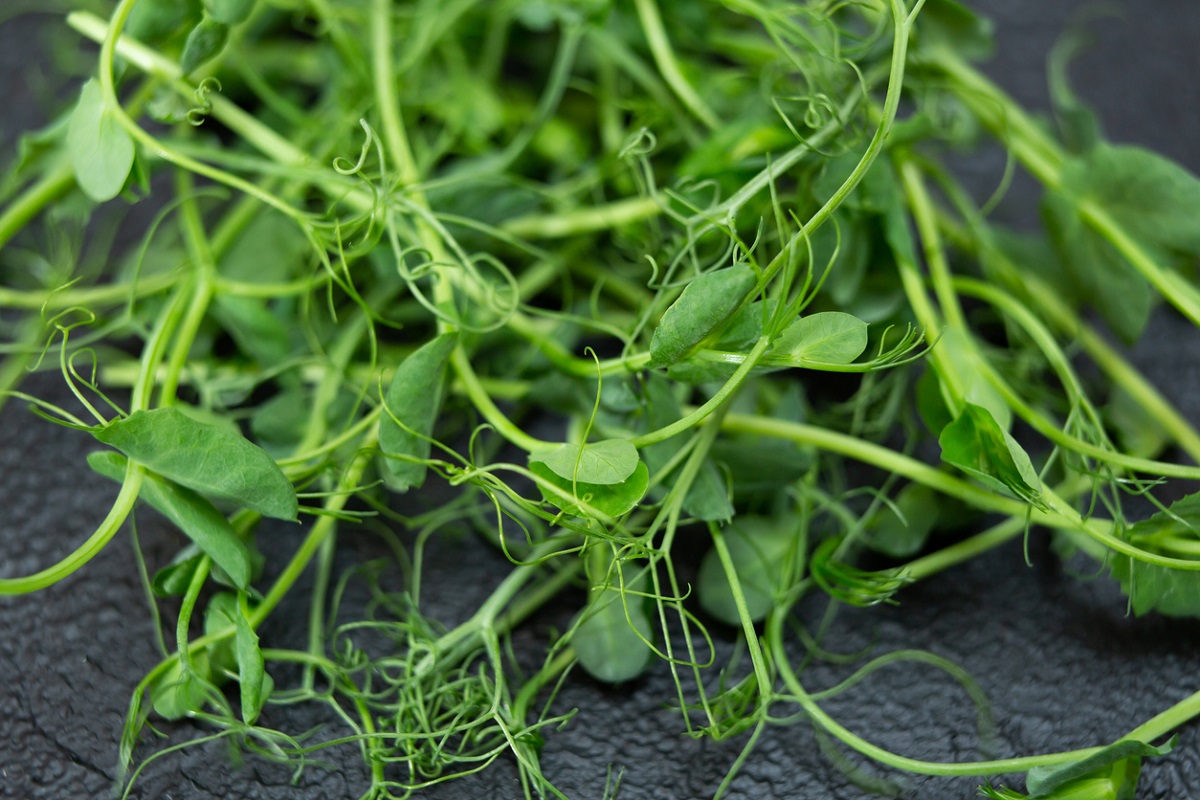
Genetic Information Unleashes Gene Editing Potential of Grass Pea
July 12, 2023| |
New genome sequence information of grass peas revealed key biochemical steps on how the plant produces toxins. The data can aid researchers in potentially applying genome editing tools on grass pea to make it less or non-toxic and become an alternative crop with natural resilience to flood and drought for farmers.
Grass pea has been used for centuries as an insurance crop because it can survive drought and flood when other crops fail. It is nutritious and high in protein. However, its pea contains the neurotoxin B-L-ODAP (ODAP), which can cause neurolathyrism that can lead to irreversible paralysis when eaten by malnourished people.
The newly available genome sequence of the plant makes it possible for breeders and researchers to develop varieties of grass peas with low or zero ODAP. By understanding the plant's mechanism that enables it to produce the neurotoxin, scientists can use gene editing and other modern breeding methods to alter or eliminate genome pathways and prevent the plant's neurotoxin production. This can render the crop safe for consumption. Along with its natural resilience to drought and flood, non-toxic grass pea can be considered a climate-smart crop for future generations to plant.
Read the original article from John Innes Centre to learn more about grass peas.
| |
You might also like:
- First Pea Genome to Help Improve Future Crops
- Young Scientists from Ethiopia and India Get Vavilov-Frankel Fellowships for 2012
- Sowing a Future for Peas
Biotech Updates is a weekly newsletter of ISAAA, a not-for-profit organization. It is distributed for free to over 22,000 subscribers worldwide to inform them about the key developments in biosciences, especially in biotechnology. Your support will help us in our mission to feed the world with knowledge. You can help by donating as little as $10.
-
See more articles:
-
Gene Editing Supplement (July 12, 2023)
-
Research and Tools
- CRISPR Confirms Gene Responsible for Leaf Rolling in Rice
- Melon Transformation Made Easier and More Efficient
- Experts Find Rice's Secret Weapon for Drought
- European Commission Releases Proposal on New Genomic Techniques
- JRC Policy Report Discusses the Impacts of Gene-Edited, Low-Gluten, Celiac-Safe Wheat
- Multiplex Gene Editing Changes How Plants Grow
- Genetic Information Unleashes Gene Editing Potential of Grass Pea
-
Read the latest: - Biotech Updates (December 10, 2025)
- Gene Editing Supplement (November 26, 2025)
- Gene Drive Supplement (February 22, 2023)
-
Subscribe to BU: - Share
- Tweet

